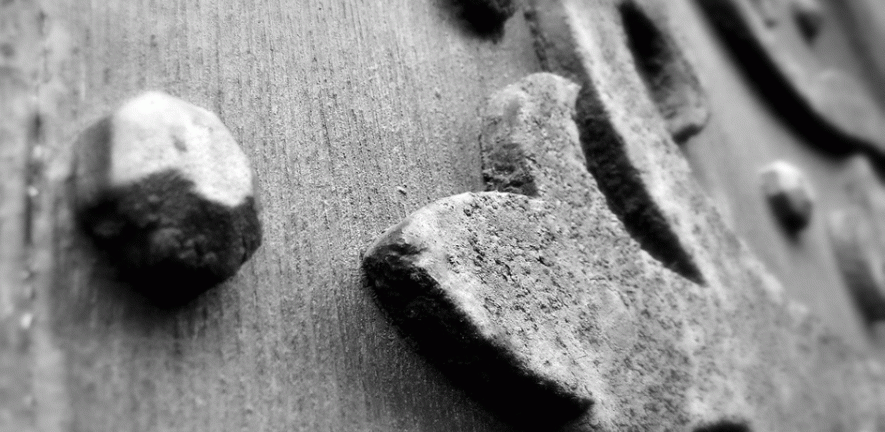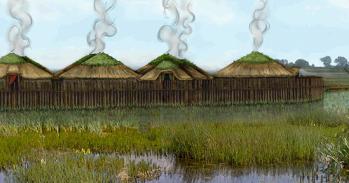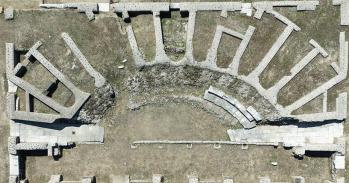
A new book published by the Cambridge Archaeological Unit (CAU) suggests that population density in the later prehistoric / Roman Cambridge area may have been much higher than previously thought.
A new book published by the Cambridge Archaeological Unit (CAU) suggests that population density in the later prehistoric / Roman Cambridge area may have been much higher than previously thought.
Under the pleasantly green and rolling landscape of the area there are multiple landscapes, and in the past the area has hosted a lot of activity; this is both in terms of the scale of its WWII defences and also the density of its later prehistoric and Roman settlement, which included considerable industrial activity.
Christopher Evans
The focus of this lavishly illustrated book is the 3 hectare excavation site in the grounds of Addenbrooke's Hospital, which was dug over a six month period in 2002-2003. The occupation of the site ranged from the later Bronze Age to the Middle Saxon Times and finds included a cemetery and a pottery kiln complex.
The book is entitled Borderlands: the Archaeology of the Addenbrooke's Environs, South Cambridge, with 'Borderlands' relating to the sites situation at the northern limits of the Late Iron Age, Gaulish-influence 'Aylesford-Swarling' zone.
One of the key findings of the researches is that the density of population may have been much higher than previously thought, with settlements lying around 300-500 meters apart. The book argues that acknowledging these densities should revolutionise the understanding of the early social fabric of the land.
"The evidence from the huge-scale trench-survey projects that the Unit has undertaken on both the adjacent Addenbrooke's / Clay Farm Lands and other such projects in South-Central Cambridgeshire indicate that the later prehistoric / Roman landscapes were much more densely settled than previously thought," says Christopher Evans, from CAU who put the book together - "They could have probably waved to their neighbours".
The book also covers themes relating to the social dynamics of South Cambridge and its 'forgotten' landscapes according to Christopher:
"Under the pleasantly green and rolling landscape of the area there are multiple landscapes, and in the past the area has hosted a lot of activity; this is both in terms of the scale of its WWII defences and also the density of its later prehistoric and Roman settlement, which included considerable industrial activity."
The new book is the first in a series to be published by CAU entitled 'New Archaeologies of the Cambridge Region', this title relates to Cyril Fox's renowned The Archaeology of the Cambridge Region published in 1923.
The book is available through Oxbow Books. The next in the series, Hinterlands: the Archaeology of West Cambridge is currently in preparation and will be available late in 2009.
This work is licensed under a Creative Commons Licence. If you use this content on your site please link back to this page.





